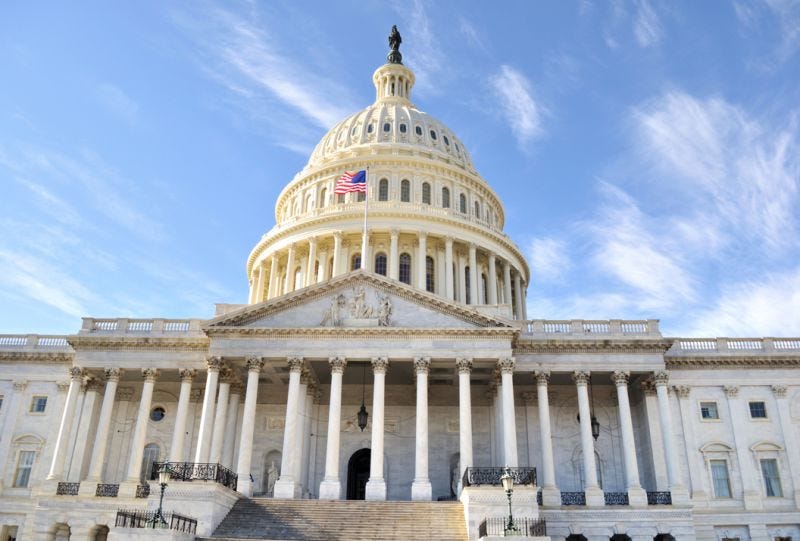Renewables Evolution: Part 2 - The Policy Puzzle
By Bryan Kaus
The Inflation Reduction Act represents the largest U.S. climate investment in history - approximately $370 billion in clean energy tax credits and funding through 2032. Yet 30 months in, the policy landscape remains unsettled.
In Q1 2025 alone, nearly $8 billion in clean energy investments were canceled, paused, or restructured across more than a dozen projects. This represented more project withdrawals in one quarter than the prior two years combined. While multiple factors contributed, policy uncertainty continues to weigh heavily on developers and capital allocation decisions.
Section 45Z offers significant incentives- up to $1.75/gallon for SAF and $1.00/gallon for renewable diesel - based on lifecycle emissions performance and labor criteria. However, as of mid-2025, Treasury guidance remains incomplete. Key elements including lifecycle modeling standards, feedstock eligibility, and CI scoring methodologies are still pending. Developers remain in pause-and-model mode, unable to fully structure capital commitments until greater clarity emerges. Market participants expect formal guidance sometime in the second half of 2025.
While full repeal of the IRA remains unlikely given both political and economic realities, particularly with nearly two-thirds of announced clean energy investment since 2022 located in Republican-held districts, targeted policy adjustments remain possible. Certain sectors, such as domestic biofuel production, may retain or even strengthen policy support given their agricultural and industrial significance, while other sectors could face modifications or tighter eligibility standards as budgetary debates evolve.
California’s LCFS program further illustrates the dynamic nature of policy risk. Credit prices, which once reached $185/ton, have declined sharply to the $50–60/ton range due to surplus credit banking. In response, CARB has proposed deeper carbon intensity reductions to restore credit market balance, potentially supporting credit prices back toward $100+/ton over the next several years if adjustments are adopted and legal challenges are resolved.
Separately, recent federal actions to challenge California’s EV mandates have introduced additional legal and regulatory uncertainty. These developments have been met with mixed reactions across different segments of the renewable sector, underscoring the broader complexity and competing interests across the full energy value chain.
The strategic takeaway: Model conservatively. Build in optionality. Develop projects that are economically viable under multiple policy and credit scenarios. Companies that maintain profitability and operational resilience regardless of the incentive landscape will be positioned to lead.
Policy support remains a meaningful factor, but it should not serve as the foundation of the business case.



